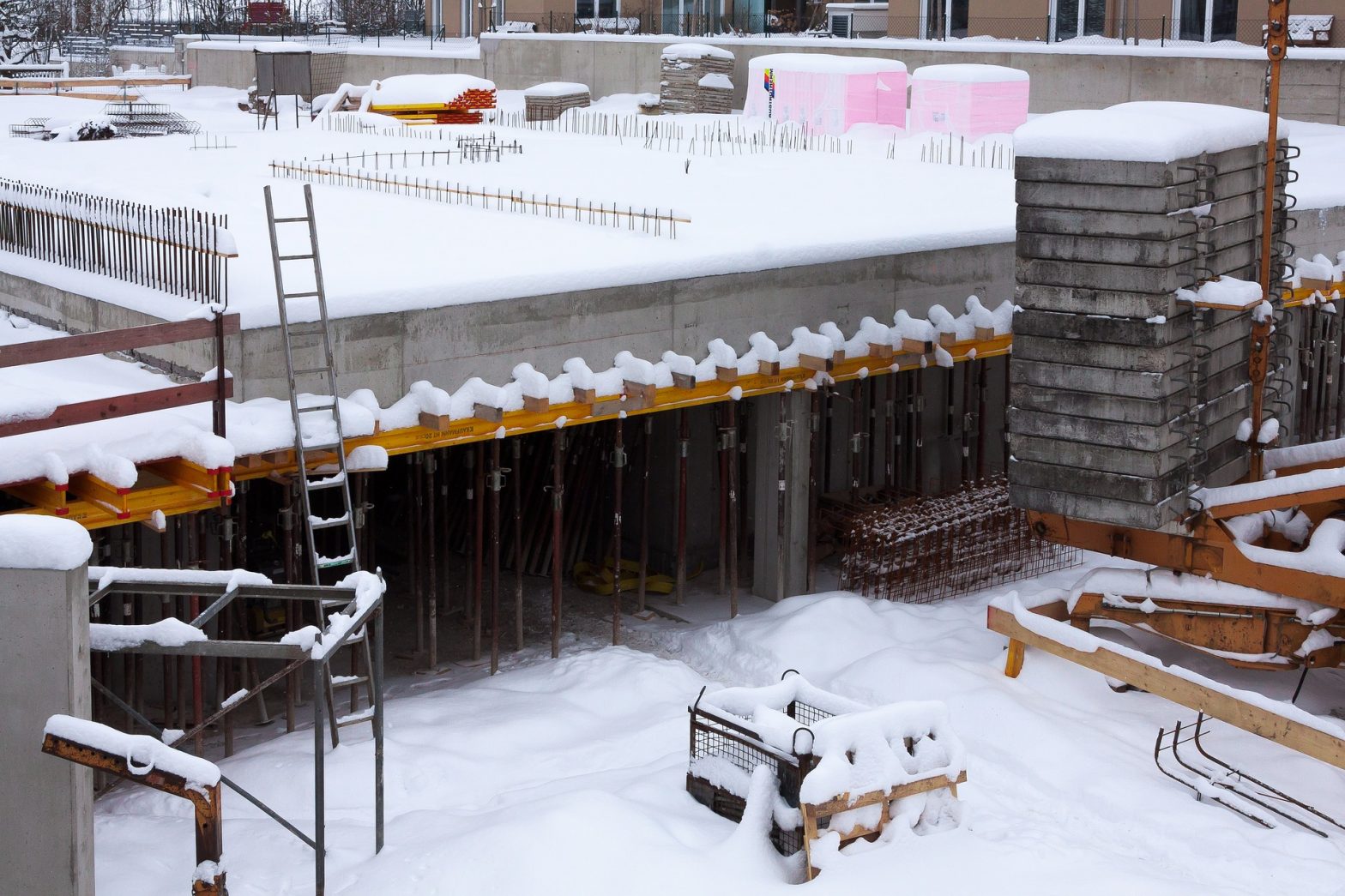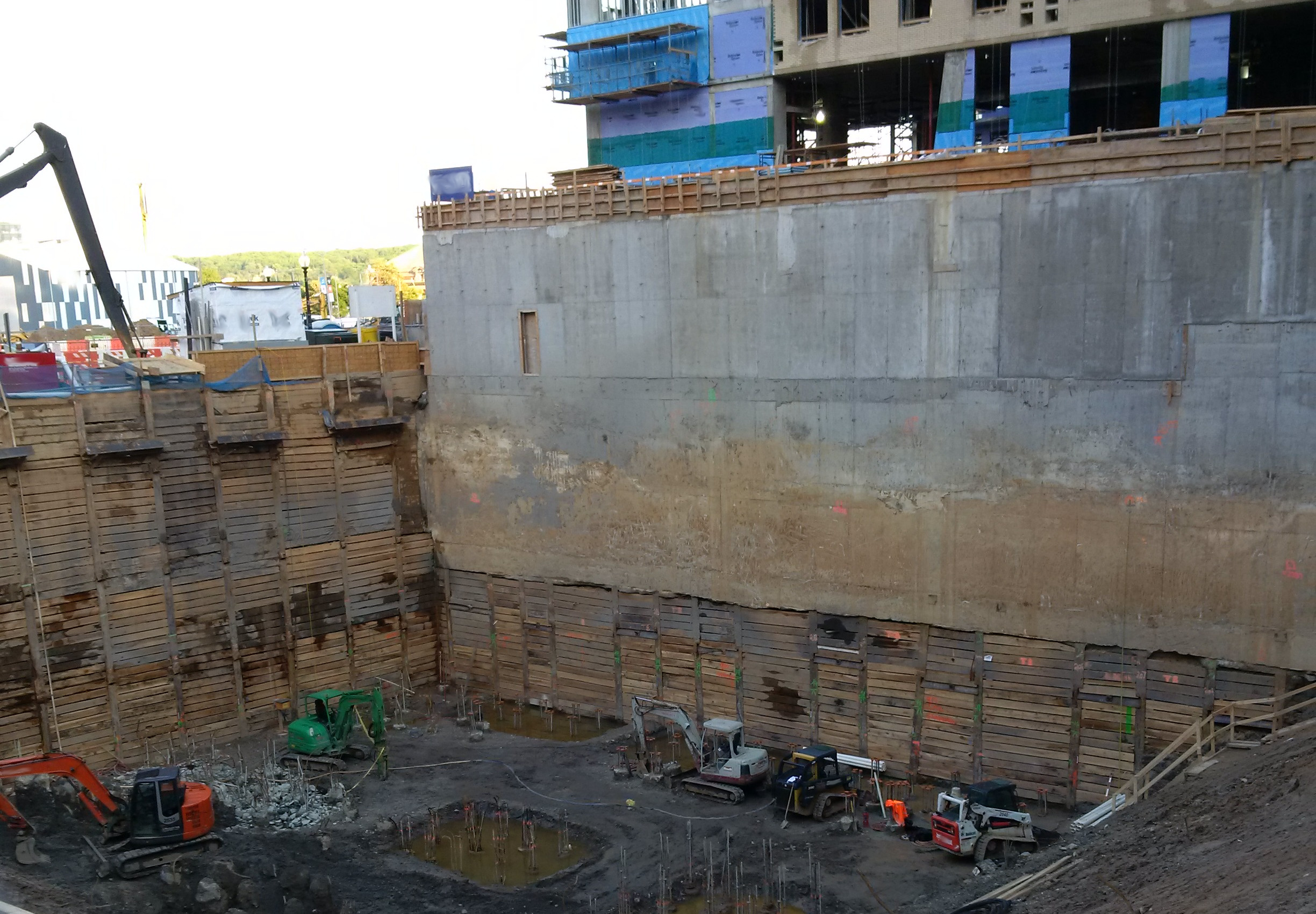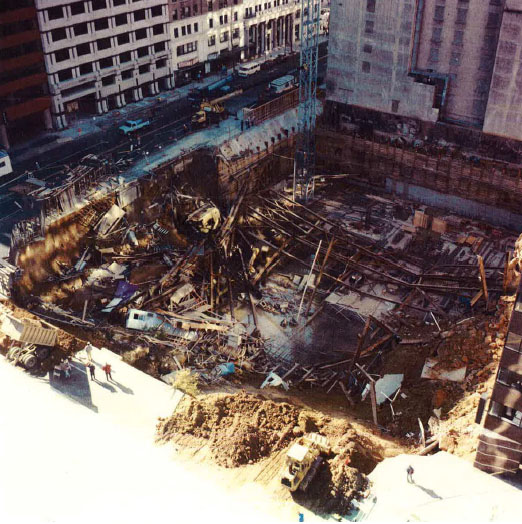A construction project may be shut down for a variety of reasons, such as the loss of financing, stop-work orders, labor or supply disruptions or disasters. The duration of the shutdown can vary from days to years, depending on the circumstances. Some of the implications of a shutdown are obvious. There are considerations for security …
Continue reading “Structural Implications of a Construction Shutdown”





